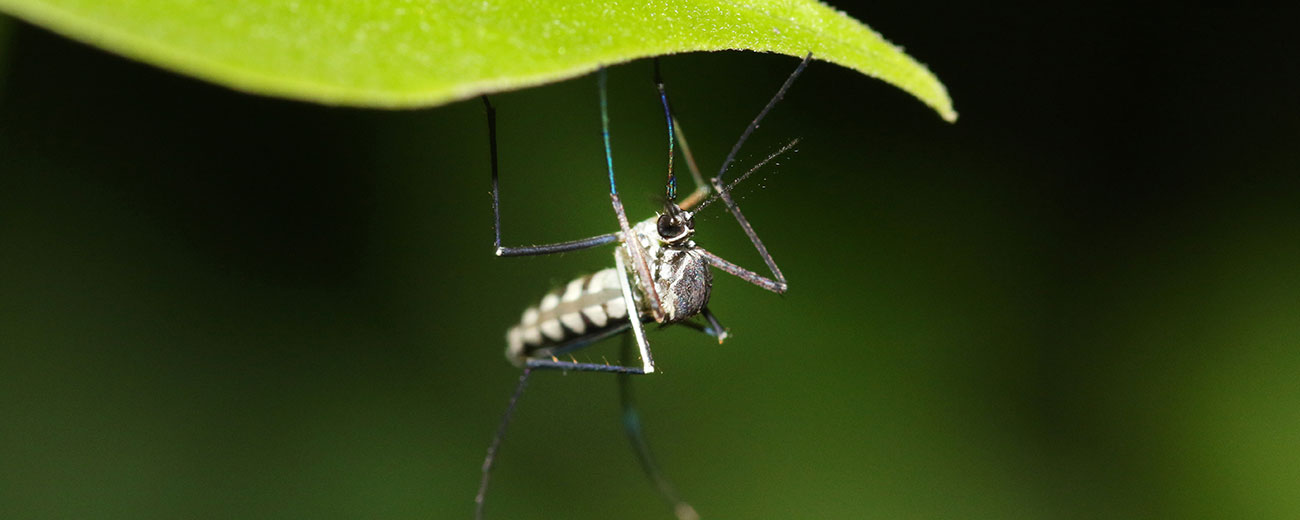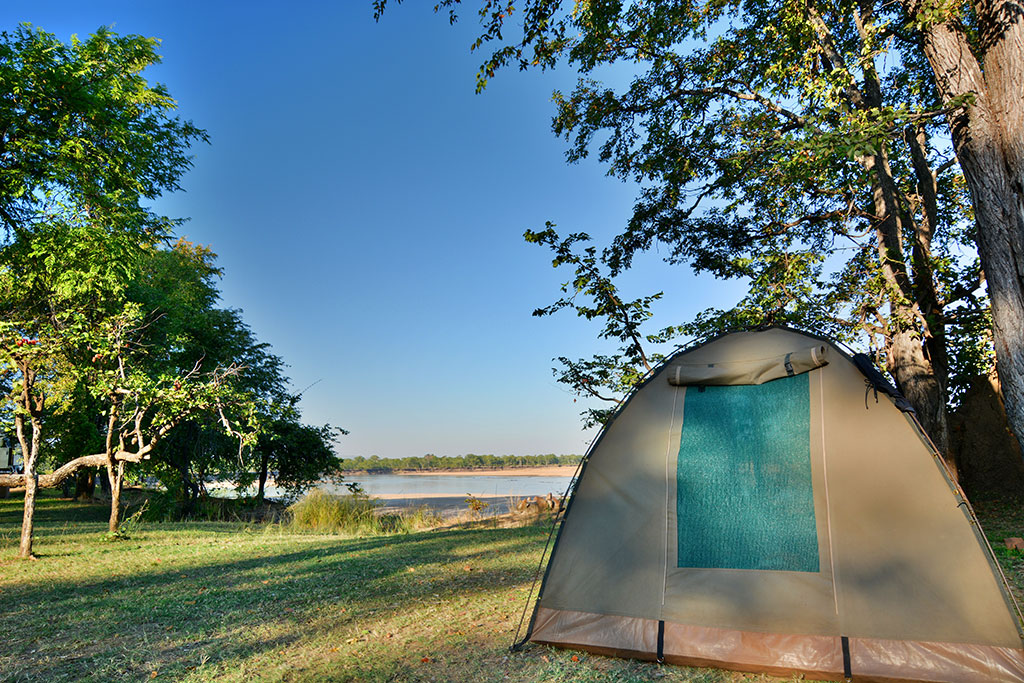Insects and Mosquitos (original) (raw)
- Home
- What to see
- Where to stay
- What to do
- Plan your Trip
- Travel Agents & Operators
* Zambia
* Europe
* United States
- Zambia
- Map
- News
INSECTS, MOSQUITOS & TSETSE FLIES IN ZAMBIA

Owing to its high rainfall and wide open natural spaces, insect life thrives in Zambia. Insects are extremely important to the ecosystem, not only pollinating crops but also providing food for insectivorous species of bats, birds, reptiles, amphibians, fish and mammals.
The key thing is not to upset this balance by killing all insects (like indiscriminately spraying poisonous aerosols) but aiming to protect yourself from the more dangerous ones. This is easily done with common-sense precautions that soon become second nature if you spend time in the bush.
TSETSE FLY
- Around 30% to 40% of Zambia is inhabited by tsetse fly, especially the Eastern and Southern provinces around the Luangwa Valley and Kafue areas.
- The presence of tsetse fly puts herders off grazing their cattle in these areas as tsetse cause ‘sleeping sickness’ or African trypanosomiasis in livestock and humans. In a way, this reduces the pressure on wildlife areas as grazers don’t have to compete with cattle and predators aren’t killed for taking down cows.
- The common symptoms of sleeping sickness are extreme fatigue (hence the name), fever, headache, irritability, swollen lymph nodes, muscle and joint ache, and sometimes a rash.
- Their bites are very painful and cause a raised swelling known as a ‘chancre’.
- The disease can last weeks or months and treatment is via oral therapy with a cocktail of drugs usually resulting in recovery.
How to protect yourself from tsetse fly
- Because different species are active at different times of day (some at midday, others at sunset), it is important to always be protected.
- Use insect repellent. Various oils can also be effective.
- Wear long trousers, a long-sleeved shirt and socks even during the daytime. Tsetse fly can bite through lightweight clothing so choose clothes in a heavier cotton. Being slightly hotter is better than getting human African trypanosomiasis.
- Don’t wear bright or dark colours as these attract tsetse flies. Black, blue and vibrant colours increase your chances of being bitten. Opt for the colours of the bush so you blend in: greens, greys, browns and khakis all work. There is a reason rangers and guides wear neutrals and longs – copy them!
- Ensure your children’s clothes are not bright or dark: buff works best for them, too.
- Keep your distance from cattle and game (this is an overarching rule of the bush).
- Ensure you have comprehensive travel insurance that includes medical evacuation and repatriation.
MALARIA

It is thought that around 17 million Zambians are vulnerable to malaria especially in the low-lying areas in the south of the country.
High rainfall coupled with hot weather is the perfect breeding ground for mosquitoes.
Malaria occurs in three stages: first it attacks the liver, then enters the bloodstream, then forms gametes that can be transmitted to other mosquitoes. If you are in the final stage and you are bitten, that mozzie can infect someone else. Mosquitoes are simply carriers – they do not cause malaria. A bite from an uninfected mozzie will not give you malaria.
Malaria is treated with prescription drugs.
The symptoms are fever, fatigue, shaking chills or sweating, head- and muscle ache, nausea, vomiting, diarrhoea and jaundice (yellowing of the eyes and skin). The vomiting and upset stomach are particularly dangerous because they quickly lead to dehydration that hinders the body from recovery. Untreated symptoms can also result in anaemia, meaning a lack of healthy red blood cells so oxygen can be carried around the body.
How to protect yourself from malaria
- Avoid prolonged periods in villages. Malaria depends on the presence of infected people to be transmitted and the risk is higher in densely populated areas near bodies of water.
- Use an effective insect repellent. It is thought that the Peaceful Sleep brand is more effective than Tabard.
- Cover as much of yourself as possible: socks, trousers and long-sleeved shirts all help especially in the evening.
- Use a mosquito net over your bed. A fan also helps fend off mozzies.
- Avoid travelling in the rainy season, which is generally heaviest from November to March or April.
- Consult your doctor or travel clinic about anti-malaria medication. Tell them if you are likely to be pregnant or are going scuba diving after your trip. Medication has to be started two weeks before you depart.
- Sadly, G&Ts are not an effective way of preventing malaria. In the old days, quinine (an ingredient in tonic water that gives the bitter note) was one of the only ways of combating malaria. Large doses of quinine are very harmful and it is no longer used as a treatment. Enjoy the odd G&T but rely on modern methods to prevent or treat malaria!
- Carry a malaria test kit and test yourself as soon as you feel any symptoms so you can get treatment as early as possible.
- Keep doors and windows closed at night so you don’t let mozzies in and use the protective gauze on tents (inspect your tents and nets before you leave and repair any holes. Carry a needle and thread so you can sew any new holes closed on your trip).
This website uses cookies, Some of the cookies we use are essential for the site to work. By continuing to use our site you agree to us using cookies in accordance with our Cookie Policy. OK
Want to receive the latest
Zambia travel news?
Please subscribe to our newsletter: